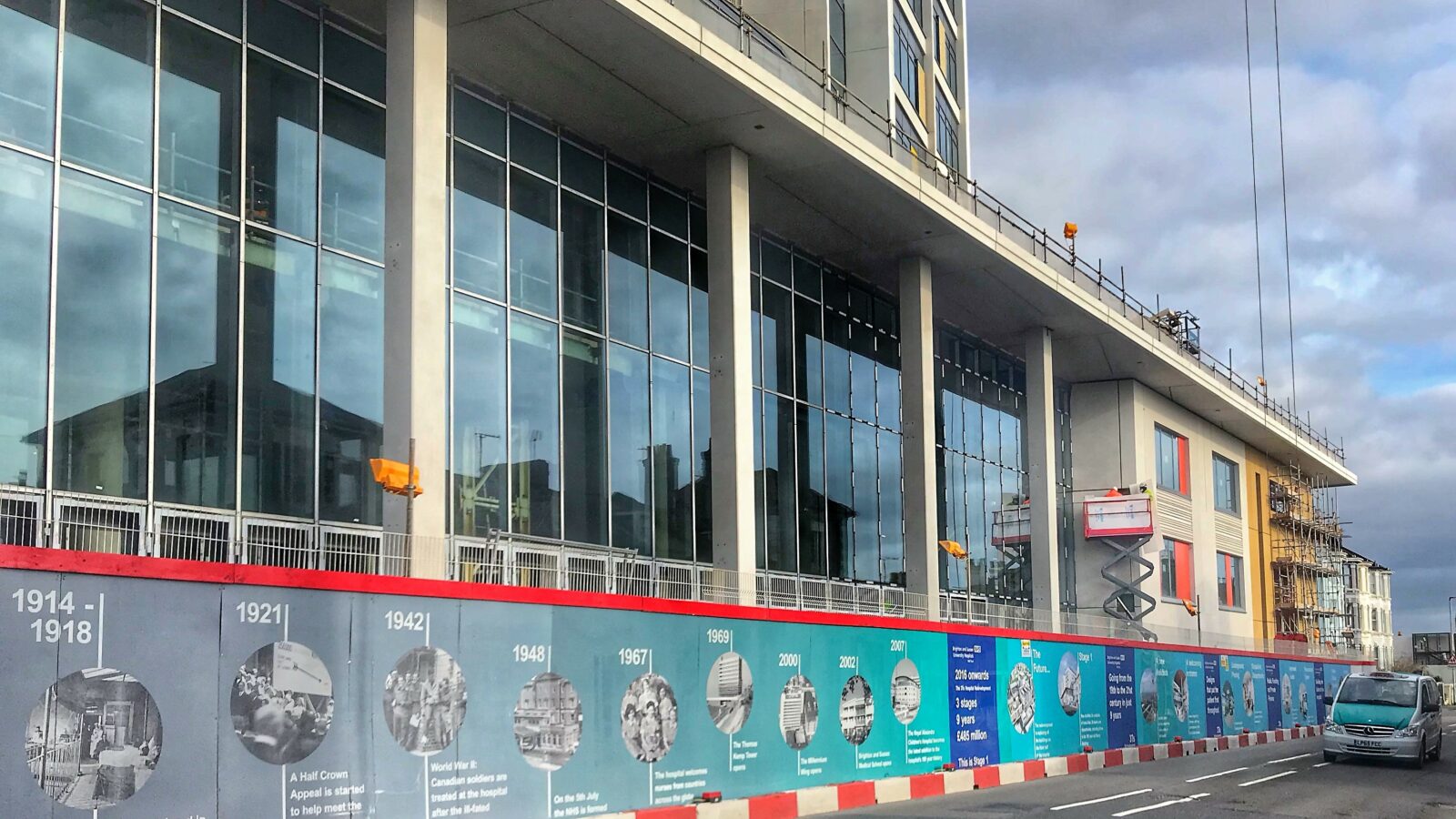Samir was a sociable young man. He had a profound and multiple learning disability, a variety of health conditions – some of which were rare and affected each other – and used very few words to communicate.
Samir (not his real name) had regular contact with the acute liaison nurses at the Royal Sussex Hospital in Brighton. Over many years, the nurses got to know Samir and made a point of including his support staff as experts with a wealth of knowledge about how to keep him well.
Samir’s acute liaison nurse advocated for his rights. At every admission, she checked that reasonable adjustments had been put in place for him.
She was aware of the difficulties Samir and his staff had in getting his health stable over an extended period of time. She successfully advocated many times for consultants to follow the care plan used at his home, which took into account of his many conditions that impacted on one another.
Going national
Acute liaison nurses play a vital role in reducing the health inequalities faced by people with learning disabilities.
Our organisation, Changing Our Lives, was commissioned by Health Education England, part of the NHS, to produce A Uniform Approach – the competency framework for acute liaison nurses. The framework is due to be launched in late spring.
The framework was commissioned owing to a lack of consistency in practice of acute liaison teams in different parts of the country. It is intended to provide local services with a more structured evidence base to inform the design, delivery and deployment of learning disability acute liaison nurses. This, in turn, will enhance the care provided for people with a learning disability.
In Samir’s case, a few years ago, he became very poorly and spent five weeks in hospital. Medical staff called a best interests meeting to discuss not admitting Samir to hospital again if he got ill, and only treating him at home.
Samir’s acute liaison nurse and his home care staff challenged this, arguing that this decision was led primarily by the fact that he had a profound and multiple learning disability.
After this decision was successfully challenged, Samir’s next visit to hospital was a few weeks later. The acute liaison nurse worked with his staff at home to create a plan where he received intravenous antibiotics in hospital for four days then was nursed at home on oral antibiotics. Subsequently, he had several successful admissions to hospital.
Samir passed away last year. With the support of the acute liaison team at the Royal Sussex and many best interests meetings, his staff team enabled him to come home at the beginning of August under the care of the hospice at home team at local charity Martlets.
Samir died peacefully and with dignity at home a month later.
Inequalities to tackle
According to the annual NHS Learning from Lives and Deaths of People with a Learning Disability and Autistic People reports, people with a learning disability have much worse health outcomes than the general population. They die much earlier and may face barriers in accessing health and care services.
In 2022, 42% of adults with a learning disability who died and received a review under this NHS programme died from an avoidable cause of death.
Lord Darzi’s independent investigation into the NHS last year echoes these findings, stating that people with a learning disability are twice as likely to die from preventable diseases and four times as likely to die from treatable causes such as cancer or respiratory illness than others.
His report drew attention to the dwindling numbers of learning disability nurses, highlighting that, since 2010-11, the number has declined by 44.1% on average across England.
Finding what works
Co-producing A Uniform Approach between 2022 and 2024 involved working with: 70 people with a learning disability, 30 of whom came from minority ethnic communities; 35 family carers, 11 of whom had a loved one with a profound and multiple learning disability; 45 provider staff; 55 learning disability nurses; and 30 professionals.
In the first year, we spent considerable time working with people with a learning disability and families around England asking them about their experiences in hospital, what worked well for them and what could have been better.
We particularly sought out individuals who were not regular contributors to self-advocacy groups
We particularly sought out individuals who were not regular contributors to self-advocacy groups and hospital expert by experience groups, including people from minority ethnic communities and families of a loved one with a profound and multiple learning disability.
We held workshops social care support staff, exploring what good acute liaison nursing looks like and the knowledge and skills needed to do the job well.
We worked with nurses in the role from around England, including paediatric and adult nurses and those who were newly qualified, exploring the scope of the role and key barriers and success factors.
In addition, our advisory group was made up of people with a learning disability, family carers, representatives from universities and senior learning disability nurses – and an independent journalist offered challenge and guidance throughout the development of the standards.
The framework is organised according to the four pillars of nursing practice: clinical skills; leadership; education; and research and governance. Each section includes quotations from people with a learning disability, family members, support staff and nurses illustrating why these issues matter.
It includes an overview of the skills, knowledge and behaviours that are crucial to being an effective learning disability acute liaison nurse, as well as the outcomes to which these all contribute.
A series of good practice examples throughout the framework illustrate the required knowledge, skills and behaviours in practice and show what it is possible to achieve when acute liaison nursing is delivered effectively.
The value base that underpins the acute liaison nurse role is rooted in seeing people first rather than a set of diagnoses and recognising the equal rights of people with a learning disability.
Jayne Leeson is chief executive and Anne Marie Glasby senior development officer at Changing Our Lives





